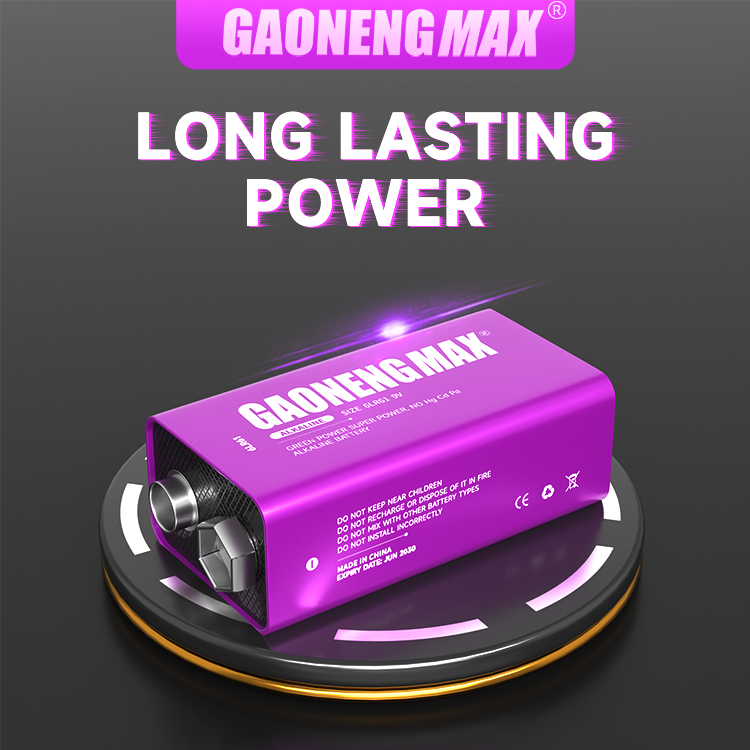
Recently, electric vehicle fire accidents have occurred frequently, and
battery safety has once again become the focus of the industry. To ensure
battery safety, in addition to the battery itself, battery management is also
crucial. At the 2019 China (Xi'an) New Energy Vehicle Industry Ecological
Conference held recently, Xu Jun, associate professor and doctoral supervisor at
the School of Mechanical Engineering of Xi'an Jiaotong University, gave a
wonderful speech titled "Analysis of Key Technologies for New Energy Vehicle
Battery Management".
The main contents of Xu Jun’s speech on tram resource compilation are as
follows:
1. Analysis on the Necessity of New Energy Vehicle Battery Management
Xu Jun said that new energy vehicles are currently developing rapidly, but
they still face bottlenecks in terms of driving range, safety, lifespan, and
cost. Range anxiety is reflected in many aspects. First, the total mileage of
electric vehicles cannot meet demand, and second, the remaining power cannot be
accurately provided.
To break through the above bottlenecks, electric vehicle battery systems
face "four high" requirements: high specific energy, high safety, long life, and
high state accuracy. How to improve the "four high" indicators based on existing
batteries? This is what battery management does.
The main functions of the battery management system are divided into four
parts: the first is collection, the main function includes the collection of
voltage, temperature, current and other information; the second is output, that
is, whether the remaining mileage can be accurately calculated; the third is
balancing, that is, a large number of batteries are strung together How to make
the performance work better; the fourth is thermal management, that is, ensuring
that the battery works at the appropriate temperature and has better
performance.
2. Power battery status estimation and fault diagnosis analysis
Power battery status description indicators include SOC estimation, SOH
estimation, SOP estimation, SOE estimation, etc. Xu Jun pointed out that battery
status cannot be directly measured by sensors, and the battery system has strong
nonlinearity and time variability. At the same time, complex and changeable
usage environments and usage conditions increase the difficulty of status
estimation.
Common SOC estimation methods include ampere-hour integration method,
data-driven method, model-based method, etc. According to Xu Jun, the main
problem with the ampere-hour integration method is that the initial SOC is
difficult to measure. The current solution is the ampere-hour integration method
plus correction, which is more commonly used. There are many data-driven
methods, such as neural network models, etc. This method requires a large amount
of experimental data to train the model and high-performance computing, and is
not universal, so it is rarely used in practice. The main problem with the
model-based method is that as the battery decays, the model changes at any time,
resulting in inaccurate estimation. This method has received a lot of research,
and some of it has been put into practical use.
Common SOH estimation methods include: direct measurement method, online
estimation, indirect method, etc. The direct measurement method refers to
directly measuring the characteristic parameters of the battery to evaluate the
battery SOH. It mainly includes capacity/energy measurement and impedance
measurement methods, which are usually performed under laboratory conditions.
The key issue in online estimation is the accuracy of SOC. The indirect method
is obtained by using the relationship between other quantities and the actual
capacity.
Xu Jun said that the battery system is highly complex, and the safety
performance of high-specific energy and high-safety lithium batteries is still
at a bottleneck. It is necessary to realize accurate fault and early warning
based on a clear understanding of the failure triggering mechanism of the
battery system to improve system safety.
3. Power battery balancing structure and strategy analysis
Balancing is mainly to solve the problem of battery inconsistency, which is
caused by many reasons, including inconsistencies caused by the manufacturing
process and inconsistencies caused by the use process. Inconsistent batteries
can easily lead to overcharging or over-discharging, which may lead to thermal
runaway or even explosion.
Xu Jun said equalization and reconstruction are effective methods to solve
battery inconsistencies. The balancing topology is the hardware foundation for
battery balancing. The design of the topology is the initial step in the design
of the battery balancing system, providing a design basis for the subsequent
formulation of balancing control strategies and the construction of experimental
platforms.
There are two ways of balancing: passive balancing and active balancing.
Passive equalization is to dissipate excess energy in the battery in the form of
heat energy through resistors until all battery states reach the same state. Its
advantages are simple structure and low cost, but its disadvantages are low
equilibrium efficiency and serious energy consumption.
Consistency control strategies include voltage-based, SOC-based,
capacity-based and other methods. Among them, the advantage of the voltage-based
method is that it is convenient, intuitive, simple, and widely used. The
disadvantage is that the battery terminal voltage gap is small and the
equalization effect is poor; the SOC-based method can effectively avoid
excessive equalization, but it requires more controller design. High, it is
difficult to use; the capacity-based method can obtain the maximum usage
capacity, but the calculation is complex and it is difficult to use.
4. Power battery structural design and thermal management analysis
Xu Jun pointed out that batteries need to work within a very suitable
temperature range. If the temperature is too high or too low, it will affect the
performance characteristics of the battery. Working in a high-temperature
environment will cause the battery temperature to be too high, leading to
thermal runaway. In severe cases, the battery may even explode. When the
temperature is too low, the battery can release and charge very little power.
When used at low temperatures, the battery will have an internal short circuit,
and the internal short circuit may cause thermal runaway.
The purpose of thermal management is to ensure battery safety and enable
the battery to perform better. The main functions of thermal management are:
(1) When the battery temperature is too high, perform effective heat
exchange to prevent thermal runaway accidents;
(2) Temperature preheating is performed when the battery temperature is low
to ensure charge and discharge performance;
(3) Reduce the temperature difference within the battery pack and inhibit
the formation of local hot zones. Therefore, battery thermal management is of
great significance to improving vehicle performance.
Battery thermal management methods include air cooling, liquid cooling,
phase change materials, heat pipes, etc. Xu Jun admitted that with large
subsidies for new energy vehicles, many power batteries currently on the market
do not have thermal management. He believes that after subsidies are withdrawn,
everyone will speak for themselves with their products. Whoever has better
technology will get a larger market, and the higher the recognition of the
product by actual users.
Air cooling means air cooling, and the cooling medium is air. Xu Jun said
that the Prius air-cooling system is currently more famous in this regard. Some
domestic manufacturers call air cooling just by adding a few fans, and the
effect is not particularly good.
Liquid cooling is gradually recognized in China, and more and more
manufacturers are launching products using liquid cooling.
Phase change material cooling is to immerse the battery pack directly in
phase change material (PCM). It can also adopt a jacket structure and put a
layer of ring-shaped PCM on the outside of the single cell to form a slightly
larger single cell, which is then composed of Battery. When the battery is
discharging, the system stores heat in the PCM in the form of phase change
latent heat, thereby absorbing the heat released by the battery and rapidly
reducing the battery temperature.
Heat pipe cooling uses a hollow tube with a sealed structure and uses
evaporative phase change to transfer heat. The main advantage of heat pipe
cooling is that it can conduct heat from one side to the other instantly.
According to Xu Jun, heat pipes have been used in consumer electronics products,
but are relatively rarely used in electric vehicle battery management
systems.
In addition to cooling, battery thermal management also includes
low-temperature heating. Low-temperature heating methods include external
heating and internal heating. External heating methods include air/liquid
heating methods, film heating methods, other heating methods, etc., and internal
heating methods include AC heating methods, internal self-heating methods,
etc.
Read recommendations:
R20
Which has a long life, lithium battery or nickel metal hydride battery?
CR2320 battery.This is the real reason why electric vehicle batteries are becoming increasingly less
18650 battery pack direct sales
LR521 battery
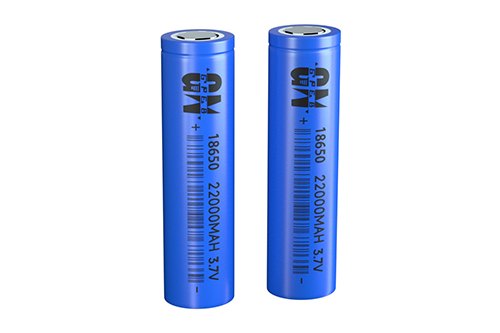
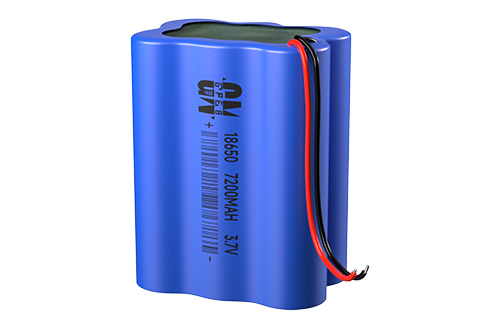

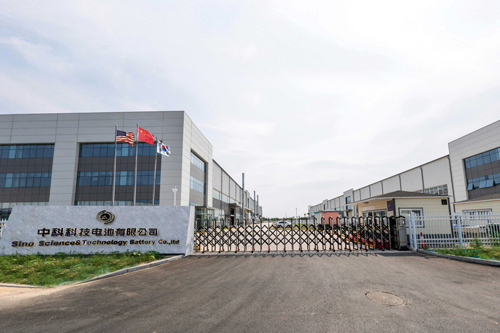

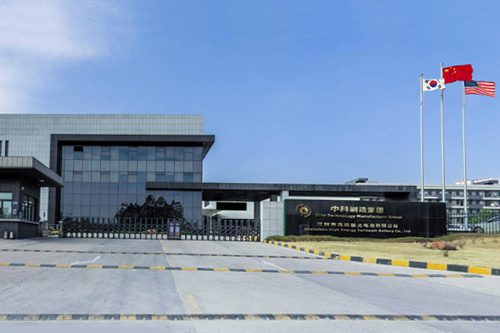

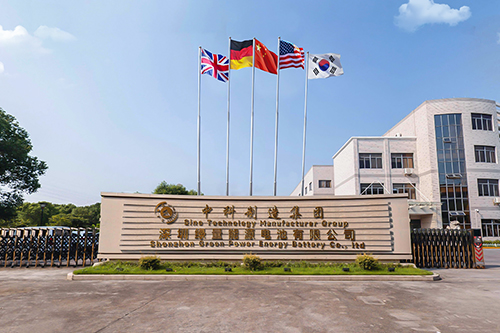

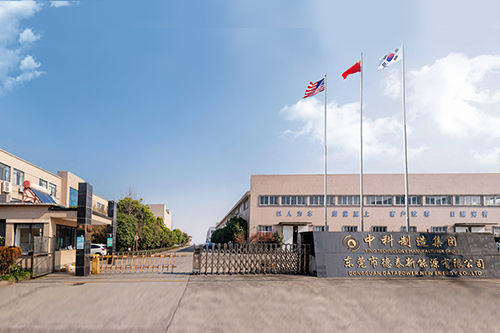

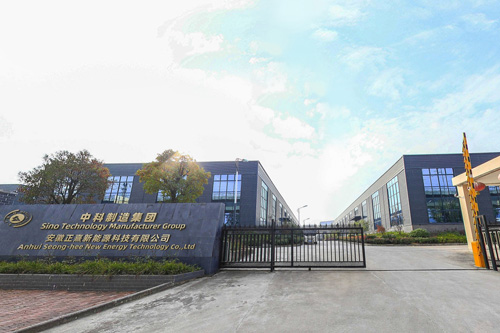








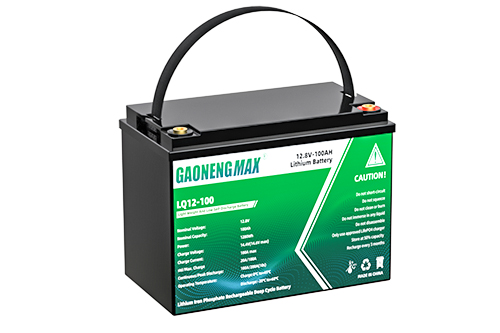
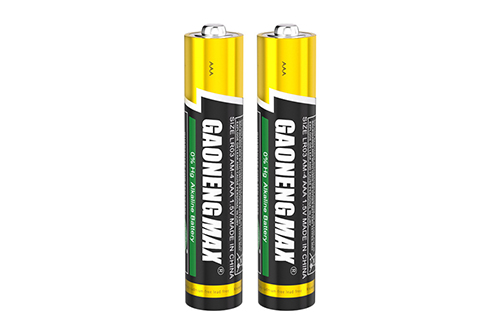

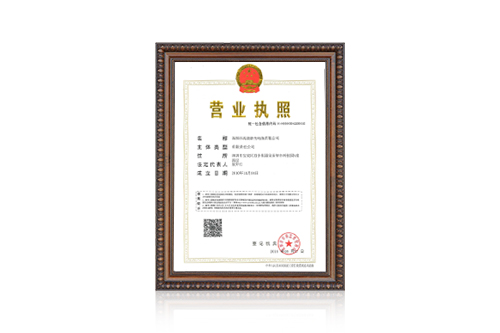
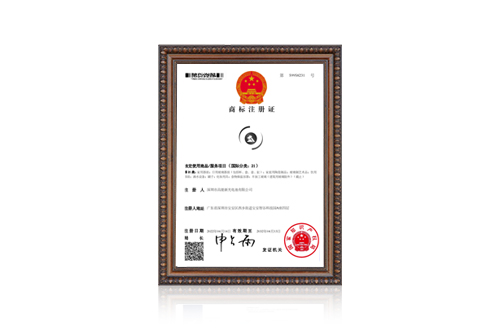
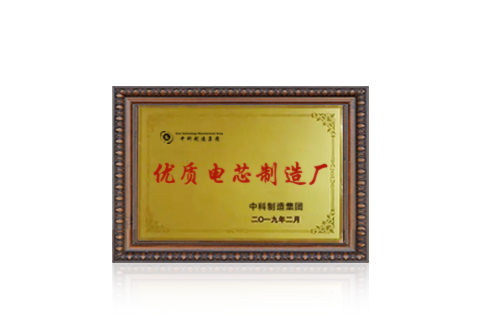

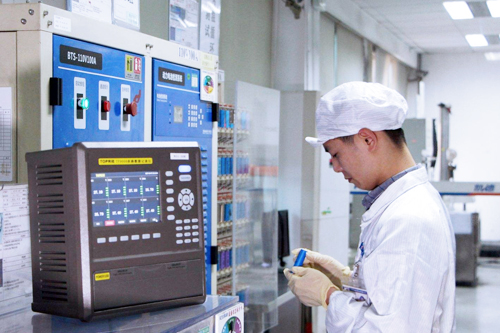
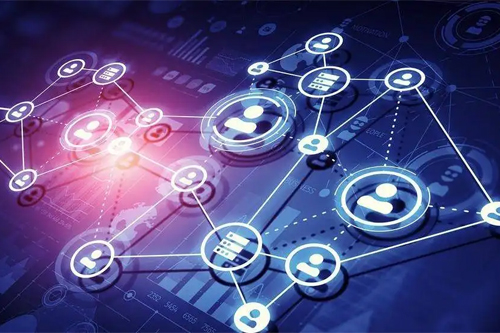















 360° FACTORY VR TOUR
360° FACTORY VR TOUR
 Whatsapp
Whatsapp
 Tel
Tel Email
Email TOP
TOP